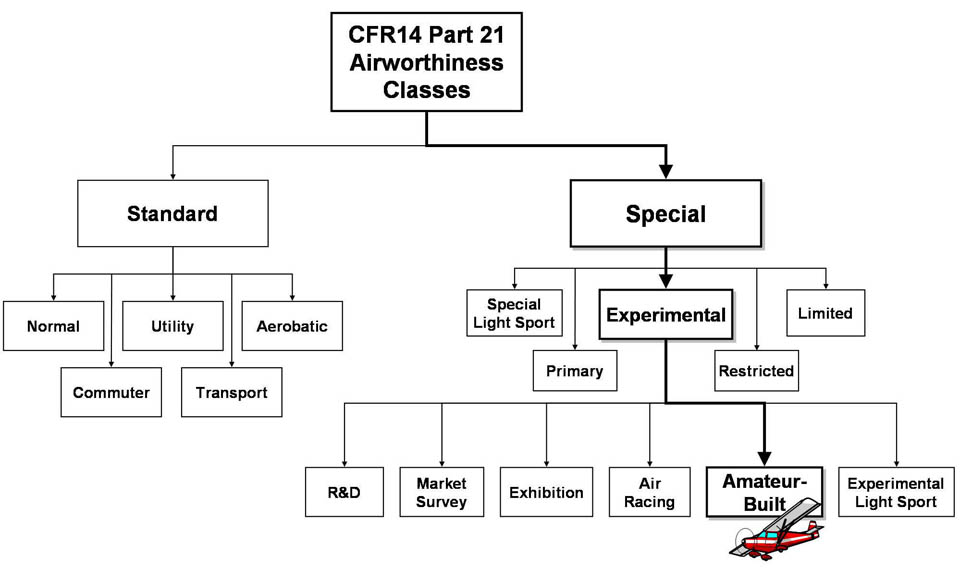luvflyin
Touchdown! Greaser!
I was looking at an airplane to buy and noticed the Airworthiness date was 7 years after the Manufacture date. It turns out it was put in the experimental catagory for a few months while a modification was being done and tested and then returned to normal airworthiness when that was done. My question is, can you just change your airplane to the Experimental catagory and leave it there. The reason I ask and would consider doing it is that so many minor modifications that have no effect on airworthiness can be nearly impossible to do because there is no existing STC and FSDO's seem to have adopted a "no field approval for anything stance"


